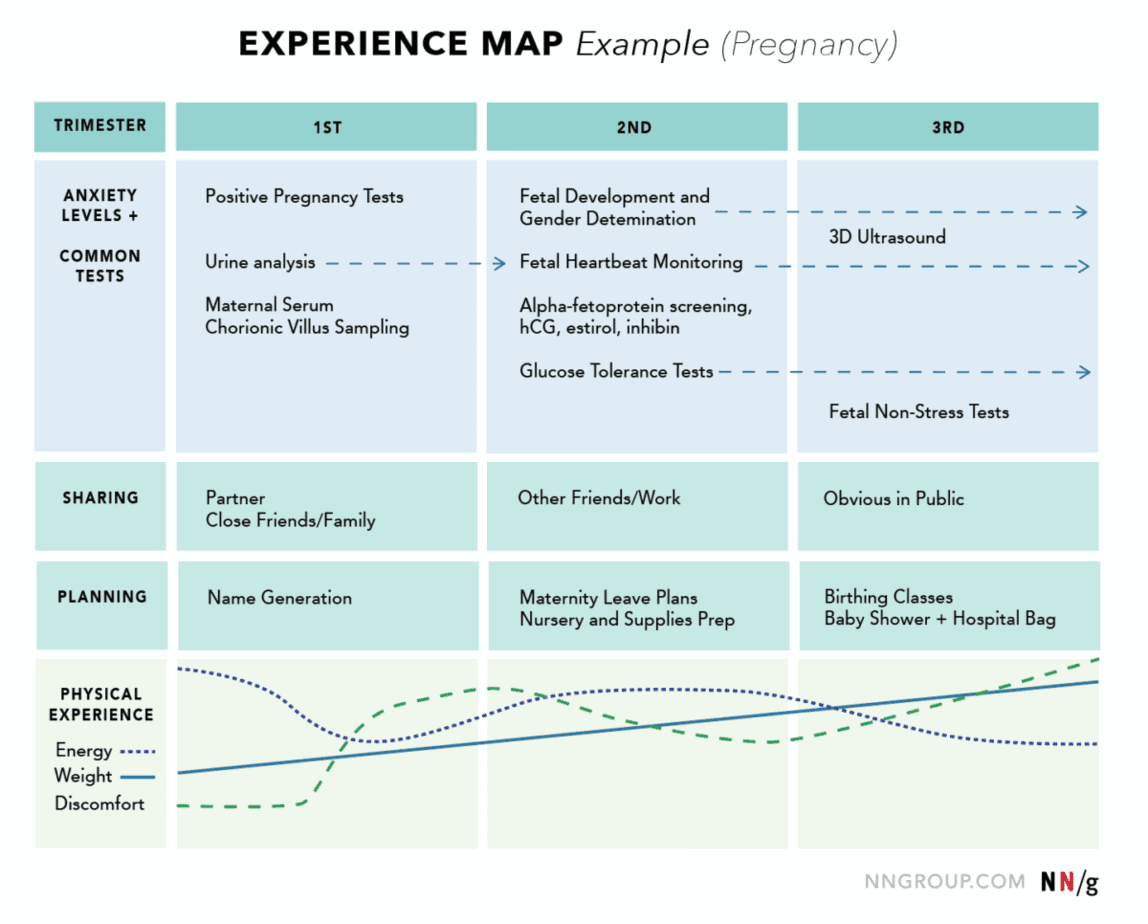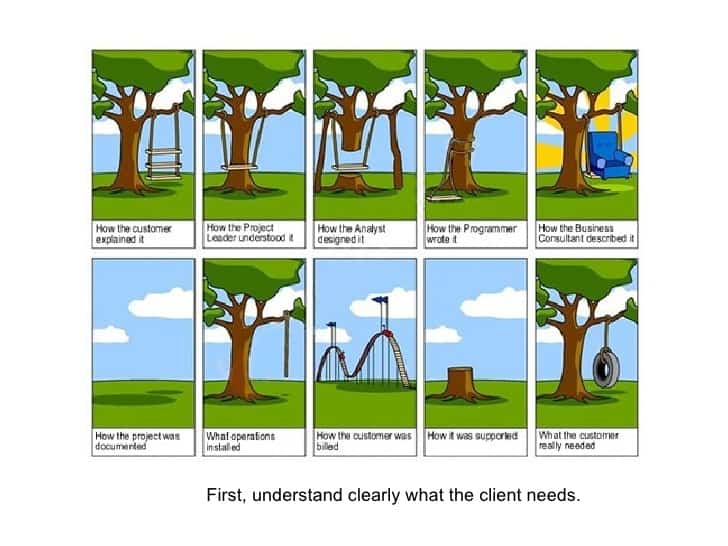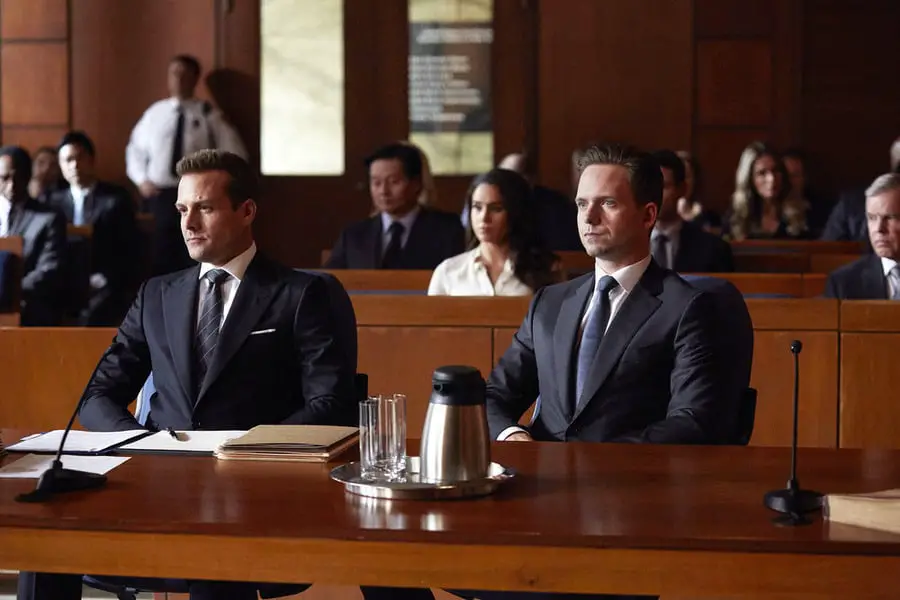Design thinking has been around for quite some time and originates based on the way of how designers tackle problems.
Today there are many different applications for design thinking, there are even a considerable number of organizations who provide courses focusing on design thinking, so employees can unleash their creativity when tackling complex problems or when they’re trying to come up with innovative ideas.
However, there is still this presumption that design thinking can only be used in certain types of job verticals such as designer jobs or some other rather specific jobs.
This isn’t true at all, design thinking and its unique way of tackling complex problems or fostering innovation, can be applied to a diverse set of jobs. To prove this, I went ahead and searched for the most common jobs and the best jobs in 2020.
I picked a diverse set of jobs and tried to give a couple of ideas how people in these roles could leverage design thinking to bring their business forward.
Again, the end goal for me lies in giving you some ideas that design thinking can work anywhere, and anyone who starts learning it might be able to benefit from design thinking. The post isn’t about specific methods so if you’re looking for concrete design thinking methods then I suggest you check out designkit.org.
But enough chit chat, let’s dive in.
Cashiers applying design thinking ease bottlenecks
Cashiers, the backbone of any kind of shopping experience. Cashers are responsible for making sure that their customers can purchase goods but also that their customers receive proper service when choosing a product. Of course, in a normal grocery store they’re also responsible for helping you find products and bag grocery items for customers.

Now the unique opportunity for cashiers is that they have a solid understanding about the processes involved in the job, they know the most frequent questions of customers related to products, and they also understand bottlenecks when it comes to the shop floor processes. Picture a cashier running out of cash what does he have to do to fill up his one-dollar reserve for example.
Now a cashier is actually using design thinking concepts already when he or she is interviewing a customer to find out their needs. But what a cashier could also do is to think about how they could optimize certain processes using design thinking methodologies.
The process of requesting more cash, instead of calling a colleague, maybe there is another way such as using an app or giving a hand signal to another employee, instead of yelling over, that more cash is needed.
Design thinking could help generate more ideas, but design thinking could also help in mapping out a process which needs improvements. If a cashier would invest the time and displays his or her ideas to their boss, this might benefit the cashier eventually since he tries to improve the store.
Nurses use design thinking to raise satisfaction
I’m pretty sure that no one is going to disagree with me about this, but the job of a nurse is super tough. I mean they are health care professionals who are usually assisting doctors with their patient care duties.
They manage and maintain medical records, administer the care of patience and are also the first people who are there when you wake up from a coma to check that you are okay. Just think of it, a nurse also must know which pills to give a patient every single day and if she makes a mistake it will have consequences.
But a nurse also has an amazing insight about what a patient actually needs, how they react or feel, what internal hospital processes are taking X amounts of time to get to a result, and much more. So, nurses can probably give you a list of bottlenecks and problems which should be solved.
If you are a nurse, design thinking could help you in understanding your patient even better using certain interview techniques, maybe you could even create focus groups with your patience and ask them about the general experience at the hospital.
If the nurse can share her insights with someone in charge, then it could help the hospital to become more efficient or even better, provide a better experience for their patience.
To give you one example. Think of companies who build these MRI machines which can take pictures of your body to gain insights on your health condition. Who do you think is the customer of this MRI producing company?

The obvious thought is the hospitals, right? I mean they are going to pay for this equipment, so it needs to be designed in a pleasing and cost-efficient way and such.
But the hospital isn’t really the end-user of this machine. It’s the patient. And now think of a child who must go through this procedure. These children are usually immensely scared of doing so. In fact, 80 to 95% of children under the age of nine require sedation to go through this procedure.
Until they have figured out a way to make the experience more endurable, using a fun design, but also having the children play games where they must stay still for longer periods of time and such to make the procure more efficient.
To tie this back to the job of a nurse and how design thinking could help: A nurse knows where patience might be worried or scared and therefore could use design thinking to put herself into the patience shoes to create patient enhancing experiences.
This might create some amazing ideas improving for example patience satisfaction which helps the hospital.
Customer service representatives
The helpful voice on the other side of the phone who is answering questions, solving problems and handles orders, the customer service representative. The first contact over the phone or in person for helping you if a product or service isn’t behaving like you want it to be.
People in this job are sometimes the closest people to the customer and have the unique position to listen to a customer’s most pressing matters. What they are basically doing every day is interviewing customers on their challenges and problems.
Which means that they are trying to put themselves into the position of their customer so that they can help them find a solution to their problem.
Now a customer service rep. could collect all the inquires he has taken and compile a list of questions listed from most frequent to least frequent.
He could then employ design thinking by coming up with ideas to make answering these questions more efficient to help him become better. Or he could brainstorm with the product team around solving these issues to reduce the number of customer service calls. Which means that more customers are satisfied with the offered service.
The position of a customer service rep. offers so many opportunities to employ design thinking, which could help the entirety of the business.
Simply because the customer service rep is so close to the customer and is already sub cautiously using design thinking methods such as interviewing to understand the customers problems even better.
Design thinking helps marketing specialists in profiling
A field where you find many creatives with extensive communication abilities. Marketing specialists are responsible for developing and executing campaigns to gain potential customers or leads, to ultimately increase sales.
Marketing consists of dozens of various sub-fields and jobs ranging from public relations to digital marketing and much more. However, many marketing jobs deal with some form of social media management, or are ensuring consistent branding, and enable the sales team to sell more by providing prospective customers (leads).
As I mentioned a substantial number of marketeers are already creative, however there are a few interesting ways how marketers could use design thinking to understand their customers even better which could result in more leads and sales for the organization.
A marketer doesn’t have the direct connection and insights towards a customer as say a customer service rep. for example. They need to be able to put themselves into the position of their customer and consider what the pain points of said customers are, and how their product could solve that.
An effective way of doing this lies in creating so called buyer personas of which you can find a detailed article about here. In really simple terms it is a profile of a potential customer with information about the customers demographics or other factors such as interest in, e.g., magazines about finance and such.
The idea is that the marketeer goes out and talks to people in person or virtual, to be able to create the most precise and concrete buyer persona. Once that is done, a marketer will have it a lot easier to try and find ways to engage with their potential customers.
UberEATS does this quite well and has seen incredible success in employing design thinking.
“To understand all our different markets and how our products fit into the physical conditions of each city, we constantly immerse ourselves in the places where our customers live, work, and eat.
Sitting in our offices in San Francisco or New York, we can’t truly understand the experiences of a person on the streets of Bangkok or London. We need to go there, move about the city, experience the food culture, and watch how people use the things we’ve designed.”
Source: Medium
Another way how marketeers could use design thinking is to take their ideas and prototype them or sketch them and then show them to several random people and gauge the reaction.
This will give a marketeer some insights on how the ad or the underlying message is perceived, and if it is compelling enough for a stranger to purchase the offered product or service later.
Employing design thinking as a marketer could help in producing even more creative ideas with the human at its center. It also brings in some interesting elements and ideas of how to test out assumptions on a low budget basis.
Bookkeepers use design thinking for optimization
Looking at a job with a primary focus on recording a company’s expenses and income throughout the years and display to the authorities that nothing funky is going on with the company’s expenses.
This describes a bookkeeper, who is usually using an accounting tool or more than one, to create reports but also to keep track of the overall organizational financial status.
You might be thinking that design thinking might not fit in this case, but it certainly does. Remember, design thinking is a creative process to tackle problems by putting the human into the center.

In this case there are for sure areas which could for example be optimized. One example which I know is a massive challenge for many bookkeepers is to be able to manage all the bills coming in, since they need to be screened, validated, and then paid all in a tight period of time, otherwise the company might get a bad reputation for not paying their suppliers.
Design thinking could help bookkeepers in coming up with ways to make this process for example easier.
The reason design thinking could be incredibly helpful for bookkeepers is because they know the bottlenecks of the system and the processes.
That means that you could let these bookkeepers for example draw an experience diagram/map which illustrates every step of a specific process which can then be critically reviewed and then optimized, saving time and resources for the organization.
For example, paying a simple bill requires, in many organizations an approval by a respective manager when the bill exceeds a specific amount. Said approval is usually received by sending an email that there might be an approval request waiting (this can vary from company to company of course).

So, the bookkeeper needs to author the email and then wait for the manager to review or provide feedback and such.
If there are ways to optimize that process it will save the bookkeeper and the manager time, which can be spent on other things bringing the company forwards or simply increasing efficiency.
If you are a bookkeeper this could be a wonderful way to increase your visibility in your organization.
Software developers use design thinking to test
The sweet duties and responsibilities of a software developer lie in generating or developing applications which assist users with their tasks.
This definition of a task can be anything from making a tool which enables marketing campaigns to be tracked, or it can also be an application where you upload ten second videos of someone dancing around, e.g., TicToc.
A previous approach followed for many years was for a software developer to listen to a client on what he or she wants to build, then goes around, buys some energy drinks, and locks themselves away for a couple of months and develops said application for the client.
In many cases however the client isn’t as happy as the developer thought them to be because the developer might have had a different understanding of the requirements.

This style of development is luckily outdated but illustrates the point how development shouldn’t be.
More advanced developer companies use an approach such as agile development, which has some elements of design thinking in it, to avoid this horrible outcome of investing a lot of resources only to discover that the expectations have not been met.
This is where design thinking could come in. One way, how design thinking could help is by illustrating what the developer has understood of the client’s requirements by building a low-cost prototype first.
This prototype can mean anything, from a simple sketch on a piece of paper or a more or less functioning application which illustrates the core idea.
With this prototype the developer can go to the client, ask for feedback and then adjust accordingly. This was just one example of how design thinking could be applied here, there are many more.
Lawyers can use design thinking to prioritize
The most useful consultant when you are in trouble or are being suit: a lawyer. This job basically focuses on consulting individuals and companies through specific legal processes.
For example, picture someone who is just going through a divorce and does not know the specific laws when it comes to separation of goods and such. A lawyer comes in and consults this person on how to approach this subject and even speaks for the client since said lawyer has an extensive understanding of the local law.

Which means a lawyer can put forward legally right claims but is also able to understand if an opponent is trying to do something funky which isn’t in accordance with the law.
Now design thinking could help a lawyer in in the following way: It could help in uncovering a clients most pressing concerns or most important points using for example an extensive interview method or something like a bullseye diagram, making it easier to understand a client’s perspective.
Bullseye diagram explained: This diagram can consist of three circles whereas the middle one has the highest priority and is the most important for a person, whereas the outer most is the least important. The idea is that a client or practitioner adds their elements to the circles which helps in understanding a person’s priorities.

There are more specific ways to use design thinking elements as a layer. As mentioned I wanted to give you some proof that is possible and that you should consider using design thinking.
Dentist use design thinking to reduce fear
A profession which is instrumental in our society, but also instils and I quote, “36% of our population” with fear: I’m talking about our dentists.
The job of a dentist is to treat problems relating to patient’s mouth, gums, and teeth. Such as extracting sore teeth or fitting dentures or simply filling cavities. This job has of course also a variety of different specializations to choose from but all of them are focusing on taking care of a human patient.
The reason design thinking could help dentists is because it forces the practitioner to look at a problem from a human’s perspective. In this case the dentist might uncover ways of easing the fear of a patient, by comping up with ways to make the experience less frightening for example.
The dentist could for example hold focus groups with a number of patients to understand their concerns and feelings when sitting in the dentist chair. By doing so the dentists might come up with ideas to distract a patient by for example attaching a TV screen to the ceiling.
Operations manager use design thinking to optimize
People fulfilling the job duties of an operations manager are focusing heavily on creating hiring procedures and training benchmarks for employees. They also focus on examining their company’s internal processes and try to find ways to improve the performance and the overall quality.
These guys can make use of a broad number of design thinking methods to find out where bottlenecks in processes are or how quality could be improved.
I found a quite extensive article about design thinking and operations management, especially it’s respective benefits in this article: Genpact.com.
Using a human centered approach in making an operations manager consider the human element in an organization and their experiences, or the stakeholders they interact with, could help in optimizing processes.
By for example looking to optimize approval requests which are happening in any organization, could be a way to help the business in saving time and focus on other relevant opportunities.
Administrative Assistants
The main duties of an assistant lie in supporting management. This can take many forms such as overseeing an exec’s travel arrangements, their calendars, sometimes they create presentations, do research, brief the exec prior to a meeting on its attendees, and might also be responsible for ordering office supplies for employees depending on the size of the organization.
Thinking about the many touchpoints an assistant has with varies stakeholder inside an organization, many of these assistants build an immense network. Which means that in many cases an assistant has a unique insight on how people are connected to each other.
Teeing this up with design thinking concepts such as creating stakeholder maps which can be passed along to the exec, can help them better understand hierarchical structures but also non-business-related interactions/preferences. Such as Joe loves working with Anne, but Joe refuses to work with Tim due to disputes in the past.
This can help the exec on defining well-oiled project teams which can lead to more efficient modes of operations.
To summarize
Design thinking can be applied in almost any job. In this article I simply tried to illustrate that having design thinking skills can benefit anyone no matter the job description.
Especially since it does provide a unique way of forcing one’s mind to think about a problem or a challenge from a human’s perspective which sounds intuitive but is in many cases overlooked. This could give you an edge in a field where design thinking hasn’t been implemented as much.

